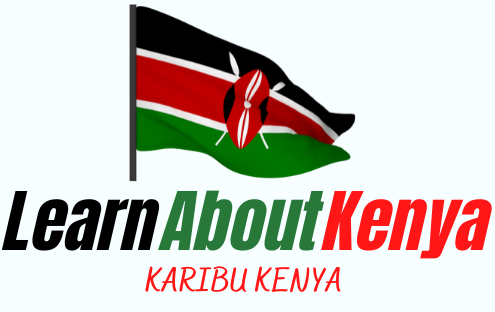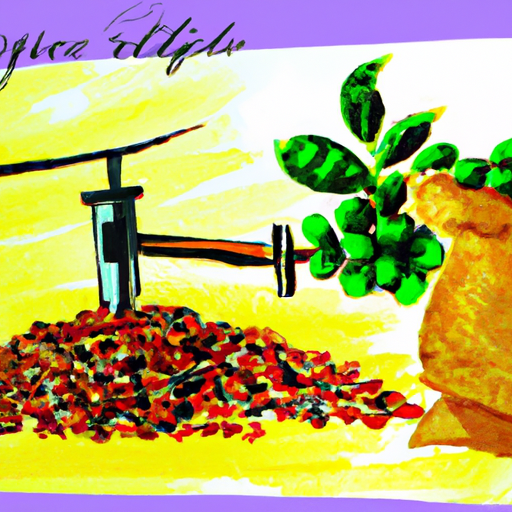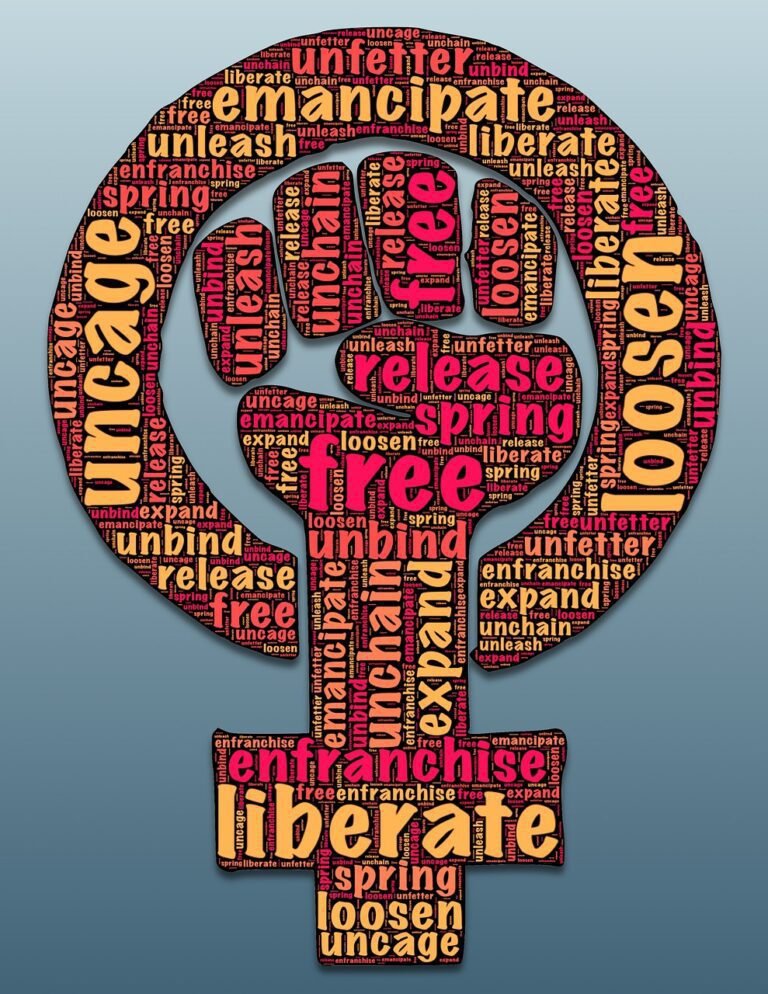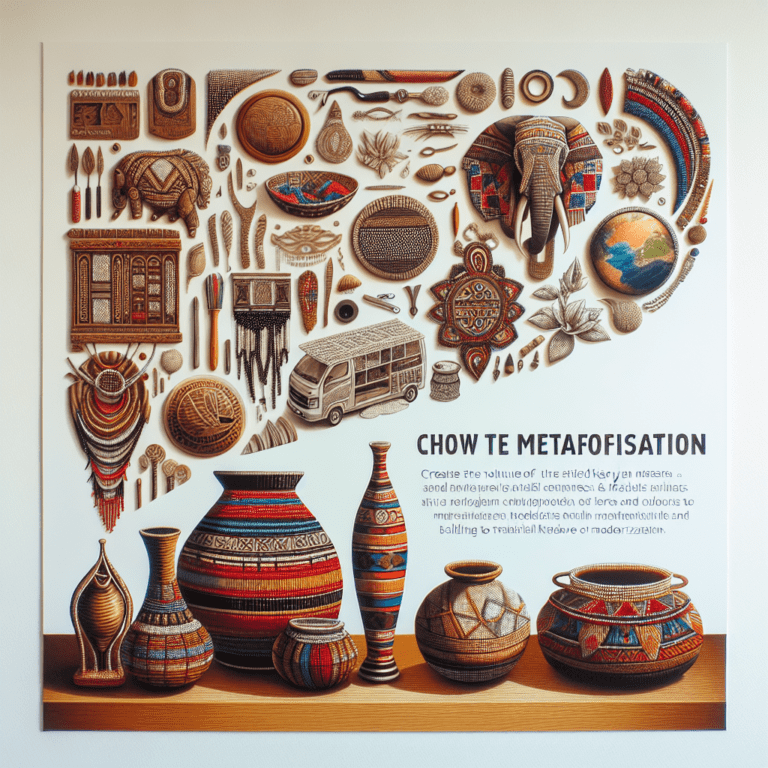What Was The Role Of Music And Dance In Kenyan Culture And History?
Immerse yourself in the rich tapestry of Kenyan culture and history as we explore the fascinating role that music and dance have played in shaping this vibrant nation. From ancient tribal rituals that celebrated unity and told stories of their ancestors, to the pulsating beats of contemporary genres that reflect the spirit of modern Kenya, music and dance have always been an integral part of the country’s identity. Discover how these art forms have transcended time, connecting generations and serving as a powerful tool for communication and self-expression within Kenyan communities.
Traditional Music and Dance in Kenyan Culture
Overview of Kenyan cultural diversity
Kenya is a country renowned for its diverse cultural heritage. With over 40 different ethnic groups, each with its own unique customs, traditions, and languages, the country is a melting pot of cultural diversity. This rich tapestry of cultures is reflected in the music and dance practices of the Kenyan people. Traditional music and dance hold immense importance in Kenyan society, serving as expressions of cultural identity, communal solidarity, and storytelling.
The significance of music and dance in traditional Kenyan ceremonies
In traditional Kenyan ceremonies, such as weddings, initiation rites, and harvest festivals, music and dance play a central role. They are seen as a way to communicate with ancestral spirits, seek blessings, and express joy and gratitude. The rhythmic beats of drums, the melodious tunes of flutes and string instruments, and the synchronized movements of dancers create an atmosphere of celebration and spiritual connection.
Styles and instruments of traditional Kenyan music
Traditional Kenyan music is characterized by a diverse range of styles and instruments. Each ethnic group has its own distinct musical traditions, influenced by their ancestral beliefs, historical experiences, and geographical location. Common instruments include the nyatiti (a stringed instrument), the orutu (a single-string violin), and various drums like the ngoma and kigango. The music often features call-and-response patterns, polyrhythms, and vibrant vocal harmonies.
The Influence of Colonialism on Kenyan Music and Dance
Introduction of Western musical styles
The arrival of European colonizers in Kenya in the late 19th century brought about significant changes in the country’s music and dance practices. Western musical styles, such as hymns and military marches, were introduced through Christian missions and colonial education systems. The influence of Western musical scales, harmonies, and instrumentation became evident in the evolving Kenyan music landscape.
Suppression of indigenous music and dance
With the rise of colonial rule, indigenous music and dance were often perceived as backward or primitive, leading to the suppression of these traditional art forms. The colonizers discouraged African music and dance, favoring Western cultural expressions instead. This suppression had a detrimental impact on the transmission of cultural knowledge and the preservation of traditional music and dance forms.
Emergence of hybrid musical forms
Despite the suppression of indigenous music and dance, Kenyan communities found creative ways to preserve their cultural heritage. An emergence of hybrid musical forms took place, blending African stylistic elements with European musical influences. These hybrid genres, such as the popularized Benga music, became vehicles for cultural resistance and a means of expressing Kenyan identity in the face of colonial oppression.
Music and Dance in the Struggle for Independence
Songs of protest and resistance against colonial rule
During the era of British colonial rule, music became a powerful tool of protest and resistance for Kenyans fighting for independence. Musicians composed songs that carried strong political messages, rallying the masses and inspiring a sense of unity and determination. These songs reflected the experiences and aspirations of the people, with lyrics often discussing themes of freedom, justice, and the right to self-determination.
Role of musicians in mobilizing and inspiring the masses
Musicians played a vital role in mobilizing and inspiring the masses during Kenya’s struggle for independence. They travelled from village to village, performing their songs and spreading messages of resistance. Through their music and dance performances, they brought communities together, fostering a collective spirit and a shared commitment to freedom. Musicians became influential figures, their voices serving as a catalyst for change and resilience.
Importance of music and dance in promoting a sense of identity and unity among Kenyans
Music and dance played a crucial role in promoting a sense of identity and unity among Kenyans during the fight for independence. The rhythms and melodies of traditional music reminded people of their cultural roots and provided a strong foundation for building national pride. Dance movements, passed down through generations, allowed individuals to connect with their ancestors and affirm their place within the larger Kenyan community.
Popular Music and Dance in Modern Kenya
Evolution of popular genres like Benga, Kapuka, and Afro-fusion
With the advent of independence in 1963, Kenya experienced a cultural renaissance that led to the evolution of popular music genres. Benga, a fusion of traditional Luo rhythms and Western influences, emerged as a dominant genre, capturing the spirit of post-independence euphoria. In subsequent decades, Kapuka (a fusion of hip hop and traditional Kenyan beats) and Afro-fusion (blending African rhythms with elements of jazz, funk, and reggae) gained popularity, reflecting the ever-changing musical landscape of modern Kenya.
Influence of globalization on Kenyan music and dance
Kenyan music and dance have been profoundly influenced by globalization. The increased accessibility to global music through technological advancements and the spread of international popular culture has impacted the way Kenyan artists create and consume music. Contemporary Kenyan musicians incorporate elements of Western genres like hip hop, R&B, and dancehall, infusing them with a Kenyan twist. This fusion of styles has contributed to the diversity and innovation of Kenyan music and dance.
Role of music and dance in contemporary Kenyan society
In modern Kenya, music and dance continue to hold a significant place in society. They serve as channels for social commentary, addressing issues such as corruption, poverty, and political unrest. Musical performances are also a form of entertainment and escapism, providing people with a sense of joy and unity. Kenyan artists use music and dance to express their individuality, connect with their audiences, and contribute to the cultural fabric of the nation.
The Impact of Music and Dance on Kenyan Society
Music and dance as a means of cultural preservation and expression
Music and dance serve as powerful tools for cultural preservation and expression in Kenyan society. They provide a platform for passing down traditional knowledge, stories, and values from one generation to another. Through music and dance, Kenyans can celebrate their cultural diversity, creating a sense of belonging and pride in their heritage. These art forms allow individuals to express their personal experiences, emotions, and aspirations, fostering a stronger sense of self and community.
Education and transmission of cultural values through music and dance
Music and dance play a crucial role in education and the transmission of cultural values in Kenya. Traditional music and dance are often taught in schools, community centers, and cultural institutions, ensuring the preservation of these art forms. By learning and performing traditional music and dance, young Kenyans connect with their ancestral heritage and learn important cultural values such as teamwork, respect, and discipline.
Economic and tourism opportunities associated with music and dance
Music and dance also have significant economic and tourism potential in Kenya. From locally organized music festivals and dance competitions to international tours and performances, these art forms contribute to the country’s economy. Music tourism is on the rise, with visitors from around the world seeking to experience the vibrant rhythms and energetic dance performances that Kenya has to offer. This industry provides employment opportunities for musicians, dancers, event planners, and various other professionals.
Traditional Music and Dance in Different Kenyan Communities
Overview of different ethnic groups in Kenya
Kenya is home to numerous ethnic communities, each with its own unique cultural practices, including music and dance. Some of the major ethnic groups in Kenya include the Kikuyu, Luo, Luhya, Kalenjin, and Kamba, among others. Each community has its own distinct musical traditions, instruments, dance styles, and ceremonial practices, showcasing the diverse cultural heritage of the country.
Unique music and dance traditions of the Maasai community
The Maasai community is famous for its distinctive music and dance traditions. Their rhythmic chants, accompanied by the beat of drums and ankle bracelets known as “ng’ombe,” create an energetic and captivating performance. Maasai people are renowned for their jumping dances, where young men showcase their strength and agility by leaping high into the air. The music and dance of the Maasai community embody their strong cultural identity and deep connection to their ancestral traditions.
The traditional music and dance forms of the Luo community
The Luo community is known for its vibrant music and dance traditions. The “nyatiti,” a traditional Luo stringed instrument, is an integral part of their music. Luo songs often tell stories of love, history, and daily life, with lyrics that are poetic and thought-provoking. Both men and women participate in Luo dance performances, often accompanied by drums and other percussion instruments. The dance movements are characterized by grace, fluidity, and precise footwork.
The Role of Music and Dance in Kenyan Religious Practices
Importance of music and dance in traditional Kenyan religious ceremonies
In traditional Kenyan religion, music and dance play a significant role in religious ceremonies. Drumming, singing, and dancing are used to connect with the spiritual realm and seek guidance from the ancestors. These practices are believed to invoke divine blessings, heal the sick, and ward off evil spirits. Religious rituals are often accompanied by specific songs, rhythms, and dance movements that are passed down through generations, preserving the spiritual traditions of the community.
Influence of Christianity and Islam on Kenyan religious music and dance
Christianity and Islam have had a profound impact on Kenyan religious music and dance practices. With the arrival of Christian missionaries and Arab traders, new musical styles, instruments, and religious songs were introduced. Western hymns and gospel melodies became part of Christian worship, while Islamic religious gatherings incorporated Arabic chants and Islamic dance movements. Over time, a unique blend of indigenous, Christian, and Islamic elements emerged, reflecting the religious diversity of the Kenyan people.
Contemporary expressions of religious music and dance
In contemporary Kenya, religious music and dance continue to be vibrant expressions of faith. Modern churches and mosques incorporate traditional Kenyan instruments, such as drums and rattles, alongside keyboards, guitars, and other Western instruments. Gospel music has gained popularity, with Kenyan artists combining traditional rhythms with contemporary styles. Similarly, Islamic music in Kenya incorporates local melodies and rhythms, giving rise to a distinct genre known as “tarab.” These adaptations reflect the ongoing evolution and adaptation of religious music and dance in Kenyan society.
Music and Dance as a Form of Entertainment in Kenya
The role of music and dance in social gatherings
Music and dance are an integral part of social gatherings in Kenya. From weddings and birthdays to community celebrations and religious festivals, these art forms bring people together, fostering a sense of joy and camaraderie. In rural areas, communal dances like the “Wazungu” and the “Isikuti” are performed during social events, allowing individuals to showcase their rhythmic skills and participate in group celebrations. In urban areas, nightclubs and entertainment venues provide spaces for people to enjoy music and dance performances, letting loose and experiencing the vibrant Kenyan nightlife.
Popularity of music and dance performances in urban areas
In urban areas of Kenya, music and dance performances have gained immense popularity. Nairobi, the capital city, is known as the center of Kenya’s music industry, with numerous clubs and concert venues hosting both local and international artists. Dance trends like the “Odi dance” and “Shaku Shaku” have captured the attention of the youth, with social media platforms playing a significant role in spreading these dance crazes. Music and dance have become a form of self-expression, cultural exchange, and entertainment in urban Kenyan society.
Emergence of Kenyan music and dance festivals
The emergence of music and dance festivals has further contributed to the popularity and celebration of Kenyan artistic talent. Festivals such as Koroga Festival, Blankets and Wine, and the Sondeka Festival showcase diverse genres of music and dance from various artists. These festivals provide a platform for emerging talents, allowing them to showcase their skills and connect with a larger audience. Music and dance festivals have become an integral part of Kenya’s cultural calendar and a major attraction for locals and tourists alike.
The Intersection of Music, Dance, and Politics in Kenyan History
Music and dance as tools for political propaganda and campaigning
In Kenyan history, music and dance have been used as tools for political propaganda and campaigning. During periods of political unrest and elections, musicians compose songs that champion the causes of political leaders, parties, or movements. These songs are played at political rallies, broadcasted on radio stations, and shared through social media platforms to sway public opinion and inspire support. Music and dance become powerful mediums for articulating political messages, rallying the masses, and fueling political movements.
Censorship and control of music and dance during periods of political repression
However, in times of political repression, music and dance have faced censorship and control. During the era of one-party rule in Kenya, certain songs were banned, artists were silenced, and performances were closely monitored by the government. The authorities feared that music and dance could be used to criticize the regime or mobilize opposition, leading to restrictions and surveillance. Despite these challenges, musicians and dancers found creative ways to express themselves and advocate for social change within the constraints imposed upon them.
Role of musicians in advocating for social change and justice
Despite the challenges they face, musicians play a critical role in advocating for social change and justice in Kenya. They use their platforms to raise awareness about pressing issues, such as corruption, poverty, and inequality. Musicians like Eric Wainaina, Nameless, and Sauti Sol have composed songs that tackle these issues head-on, urging society to take action and push for a better future. Through their music and dance performances, musicians instigate conversations, challenge the status quo, and inspire individuals to actively participate in shaping their society.
Challenges and Future Outlook for Kenyan Music and Dance
Threats to the preservation of traditional music and dance
While the evolution of music and dance in Kenya has brought about exciting changes, it also poses a threat to the preservation of traditional art forms. Younger generations are increasingly drawn to modern genres influenced by Western styles, leading to a decline in interest and knowledge of traditional music and dance. Additionally, the globalization of popular culture poses a challenge, as international trends can overshadow local artistic expressions. Efforts must be made to educate and engage younger generations in the preservation and appreciation of traditional music and dance.
Emerging trends and fusion of different musical styles
Despite the challenges, emerging trends show the exciting fusion of different musical styles in Kenya. Artists are exploring new sounds, blending traditional rhythms with contemporary genres to create unique and innovative music. This fusion not only attracts a wider audience but also prevents traditional music from becoming stagnant. By embracing both the old and the new, Kenyan music and dance have the potential to reach new heights and captivate both local and international audiences.
Efforts to promote and safeguard Kenyan music and dance
Numerous efforts are being made to promote and safeguard Kenyan music and dance. Cultural organizations, government initiatives, and educational institutions are working together to create platforms for traditional artists, provide training, and document traditional music and dance practices. The establishment of Music Copyright Societies and the advent of digital platforms have also improved the visibility and economic status of musicians. These efforts aim to preserve the rich cultural heritage of Kenya while ensuring that music and dance continue to thrive as vibrant art forms in the future.
As one explores the role of music and dance in Kenyan culture and history, it becomes clear that these art forms are intertwined with every aspect of society. From the celebration of traditional ceremonies to the fight for independence and the pursuit of social change, music and dance have been a driving force in shaping Kenya’s collective identity. They serve as an outlet for self-expression, a tool for storytelling, and a reflection of the nation’s diverse cultural heritage. As Kenya progresses into the future, it is essential to recognize the value of music and dance and support the artists who continue to push boundaries, preserve traditions, and inspire generations to come.







